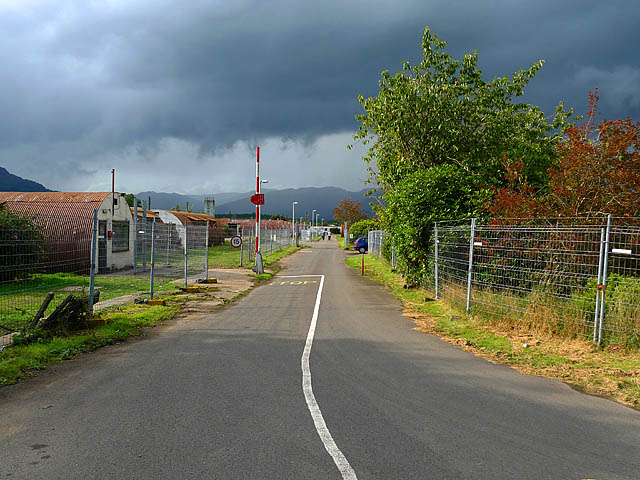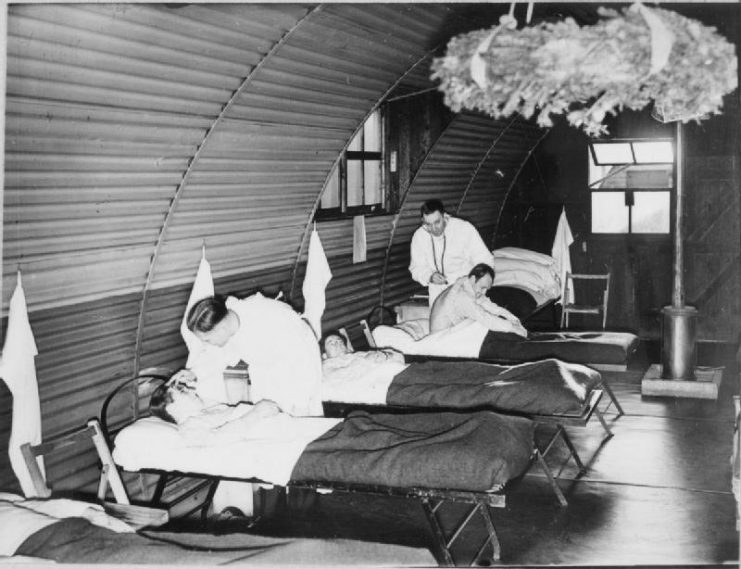For the first time, interesting and evoking cartoons are to be shown to the public. They are said to have been drawn by an unknown prisoner in a PoW camp for Germans in Scotland. The unorthodox pen-inked drawings were crafted at the Perthshire Camp in Cultybraggan.
The drawings are speculated to have been done during the last years of WWII. They tell of life for the 4,000 inmates within Camp 21. They consisted of members of Germany’s Waffen SS as well as dangerous prisoners transferred there from other camps in Britain. They carried out manual labor tasks against a background of hostility and violence.
There is some hypocrisy here, as other drawings show the prisoners in a positive manner, happily trading cards and playing games, pummelling each other with snowballs, and enjoying a host of theatrical plays. All of which combine to show a less dreary side of prison life. Respected historians believe the cartoons reveal a revolutionary perspective of humanity, spirit, nationalities, and religions, which transcends the typical views of nationalities and ideologies.
The drawings will be on display for anyone who can make it to the venue. The Comrie Development Trust is behind the acquisition of the pictures and plans to reveal the infamous cartoons during this summer.

A prestigious university is currently analyzing and dissecting the pictures. One professor there said the images provide a window into life in PoW camps that has not been seen before. He has urged for them to be displayed to the public. It is hoped the unveiling of the cartoons will draw a large crowd, as the organization requires funding to preserve the last PoW camp in Scotland. The professor added that every single pound made from the event will be used to maintain the last remaining PoW camp for historical purposes. The event will also feature entertainment hubs for singing, dancing, and exhibits of army vehicles and other historical artifacts.
The camp has been a point of much intrigue and fascination, not only due to the cartoons but also the people who were incarcerated there. Hitler’s right-hand man Rudolf Hess was an inmate for a brief period according to some sources, but the story has been said to be fabricated by others.
Camp 21 is historic and needs to be preserved. It was home to many famous incidents, one of which was murder. Five Nazi prisoners killed Sergeant Wolfgang Rostberg because they thought he had lost his belief in the Nazi cause. The assailants were eventually prosecuted and hung at Pentonville Prison, England.

Preserving history’s most valuable possessions is essential. The PoW camp in Scotland is important because – although a lot of horrific things happened within the dwelling itself – it has produced beautiful moral works, such as the cartoons. People need to learn to look at things from an unbiased perspective, especially in this case. The Nazis did many horrible things, and without a tangible reminder, those actions may be forgotten.
We need to maintain the PoW camp, out of respect to those who died during WWII. The camp is extensive and extremely comprehensive in its history, so it would be wasteful to let it deteriorate. Students need to have the chance to experience the presence of the prison and study its inner-workings.
The objective of the event is to remember those who suffered during WWII and absorb the humility of the cartoons.
https://www.youtube.com/watch?v=dVaruuCx36g
